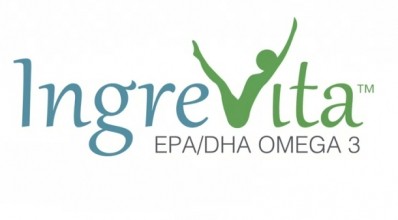Fortification adds ‘noticeably’ to certain nutrient intakes in children; not a panacea: study

Indeed, despite the role of fortification in addressing micronutrient shortfalls in the US - with arguably a major role in the near-eradication of such nutrient-deficiency diseases as rickets and pellagra - concerns remain about overconsumption, especially among children, where research has largely been lacking (other than for folic acid; see here and here).
Using data from 7,250 respondents ages 2 to 18 in the 2003-2006 National Health and Nutrition Examination Survey (NHANES), researchers sought to determine how much fortification and enrichment contribute to nutrient intakes in children and adolescents (vs. intrinsic nutrients), and whether overconsumption is a concern.
According to the research, fortification added “noticeably” to intakes of iron and each of the shortfall vitamins identified in 2010 Dietary Guidelines for Americans reports (vitamins A, C, D and folate) except for vitamin E, and shifted the prevalence of inadequate intakes lower. Moreover, fortification was more influential on intakes of vitamins than minerals.
But even counting fortification, substantial percentages of most age and sex subgroups still fell below the estimated average requirement (EAR) intake levels for vitamins A, C, and D. Moreover, fortification had minimal impact on the %<EAR for several shortfall nutrients, including calcium, potassium, magnesium, phosphorus and vitamin E. On average, only about 50 mg per day, or 5%, of the calcium intake from food came from fortification, although this represented an increase from 1989-1991 estimates, the researchers found.
The results didn’t raise concerns about fortification resulting in intakes above Upper Intake Levels (UL) for most micronutrients, except folic acid, niacin, and zinc, which could potentially be a concern for the youngest subgroup examined, children aged 2 to 8 years, the researchers noted. “However, the intakes might not be truly of public health concern if the UL established for children are set too low,” they noted.
Indeed, questions about the quantification of the UL remain because of lack of evidence of adverse effects, even though many children have usual intakes above the UL for nutrients such as zinc; because of a lack of data on specific hazard identification relevant to children; and because extrapolating adult UL values to children on the basis of body weight is controversial and potentially fraught with error.
Still, despite the large nutrient contributions made by fortified foods, they are not always among the foods targeted by recommendations to increase intakes, and sometimes (as in the case of refined grain foods and juice drinks), reduced intakes might even be recommended, the researchers wrote. They also acknowledged that “technical challenges, including taste, mass, or stability issues, present barriers to the addition of some shortfall nutrients; therefore, fortification is not a panacea.”
Source: Journal of the Academy of Nutrition and Dietetics
DOI: 10.1016/j.jand.2013.10.012
“Fortified Foods Are Major Contributors to Nutrient Intakes in Diets of US Children and Adolescents”
Authors: Louise A. Berner, Debra R. Keast, Regan L. Bailey and Johanna T. Dwyer
















